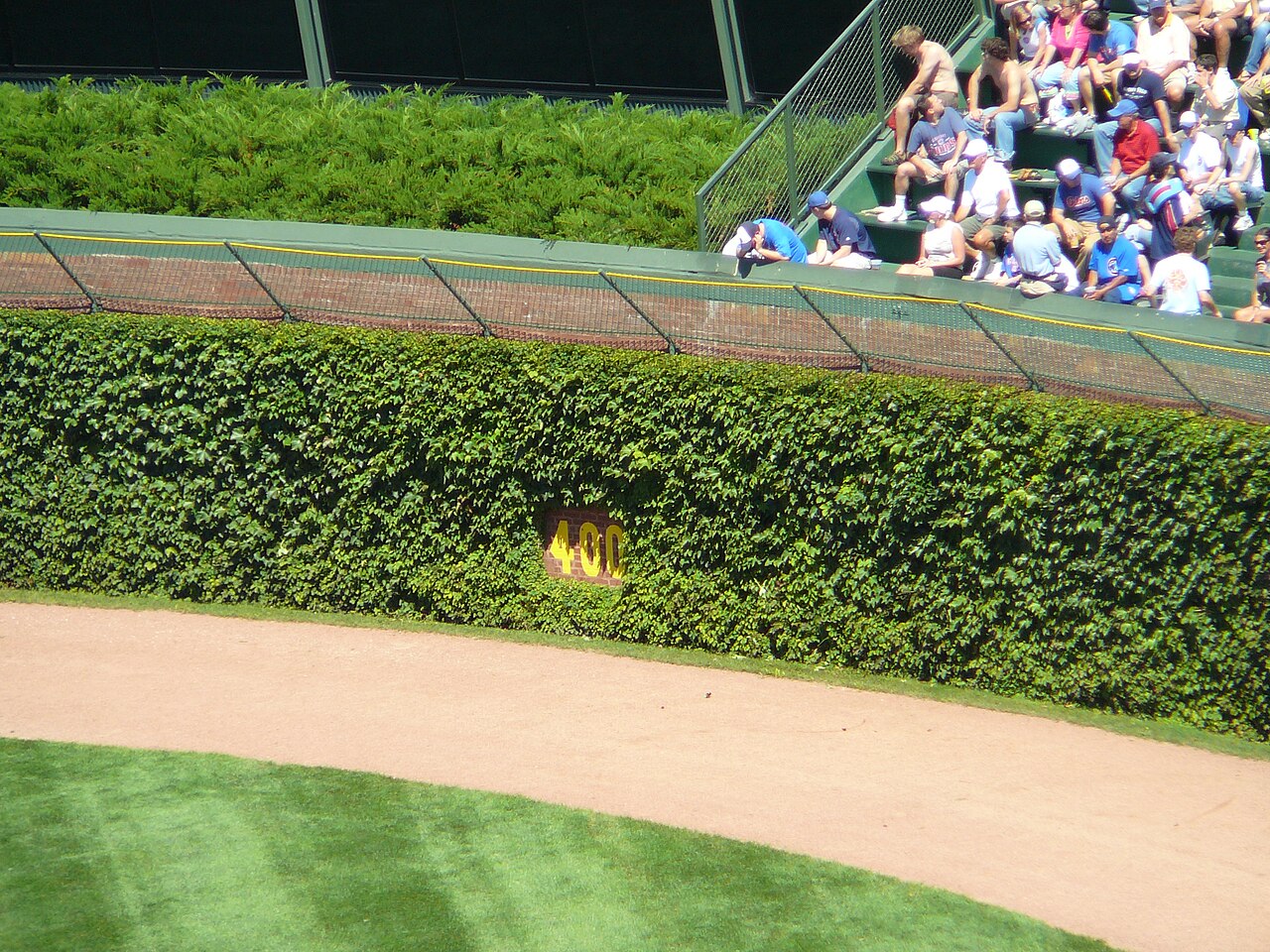The rules of baseball are esoteric and endlessly complex. There’s no internal logic to why things are the way they are. It’s built like a city or the human brain is built - on top of itself while sustaining itself. It once made sense but as it was slowly added onto to fix a small loophole here and a weird quirk there, it’s become a behemoth that only makes sense if you grew up with the game (where it takes children a decade to make sense of it). Trying to explain to a kid why they should run to first on a dropped third strike, but only sometimes, is not intuitive. Why if you hit the ball outside the foul line it’s a strike, but if you already have two strikes it’s not a strike, but if you’re trying to bunt then it is a strike, but if it comes back into play before passing third base it’s fair, but if it lands past third base it’s foul, and on and on and on.
Cricket’s laws are straightforward and logical. The bowler tries to hit the stumps with the ball, the batter tries to not let this happen with their bat. If the batter can run to the opposite end that’s one run, if they can come back that’s another.
Baseball is a game of odd numbers. 3 outs in an inning, 9 innings in a game, 9 players on a team. There are advantages to being left and right handed. Lefty’s have a quicker trip to first base (because you run around counter clockwise) while Righty’s are the only people allowed to play most of the infield (because Lefty’s would lose half a second on their throw to first)
Cricket is elegantly simple and balanced. It’s an even game: two teams, two batters, two innings, two wickets, ten outs. You bowl from both ends every 6 balls (and don’t stand on a mound of dirt in the middle of the field).

One of the great joys of Baseball, and what makes it so interesting & human, is the great variety and diversity within it. The ballpark itself, where the game takes place can be so different from park to park. Compared to many sports where the lines of play are precisely measured and duplicated - there can be massive differences in baseball field dimensions and structure. Fenway’s green monster & pesky pole, Wrigley’s brick wall & ivy, - even something as small as the way Comercia park does their infield dirt or the various batter’s eyes look makes a difference.

While a cricket pitch isn’t as visually notable in difference there is definitely still major differences oval to oval with the length and slope of the ground varying. Most importantly of course, the wicket being different, especially over different countries with differing climates, makes a very big difference in the game. However, from afar, it is a beautiful, (nearly symmetrical) oval. While a ballpark is a beautiful, lopsided, diamond.

Nonetheless, from these starting points, both sports have enormous depth in strategy, and are extremely human. Baseball representing our meticulous and endless tweaking on something trying to reach perfection, always falling too short with our quirks and oddities (which are beautiful themselves) - cricket our desire for something pure and divine, (that you really could go out there and bat forever).
-- I’ve unfortunately not been able to find the clip, but in Ken Burns’s Baseball documentary, there is a small bit on baseball cards and in interview, pitcher Bill Lee talks about his distaste for the collectible and the commercial side of baseball and he encourages young players to focus on the feel of ball in your a mitt, the dirt, the grass, running, the feel of hitting a line drive. In this sense I believe there is often more joy in watching your favorite player’s Batting stances and Pitching motions than there is in their success (which you still oh so badly wish for).
The players of course being the most important part of a spectator sport for viewers baseball has such a wealth of individuality. Batting stances are such a repeated thing for youth mimicking their favorite players, but often style is more important than on field success. The Complex statistics and variance in baseball where the best player in a season could not do anything for a whole game you attend and the strangeness of a batter who can get a hit 3/10 trips to the plate is one of the best of all time while a batter who gets a hit 2/10 of the time is kicked off the lineup. I might not remember what Jason Heyward’s OBP was in 2013 or how many games the Braves won, but I remember that stance. I remember him tapping the bat on his toes as he approached the plate. I remember him spinning the bat as the pitcher took his signs. I remember the way he shook his wrists as the pitch came in. And I remember the way his arms extended as he hit a line drive to right field.
As a kid there was just something so natural about imitating the pitching motions of pitchers and it’s like a deep, ingrained sense of memory. From the stands it’s often hard to tell player from player from so far away, even with jersey numbers. But as soon as I saw one pitch I knew it was Michael Soroka on the mound at a AAA game, even though it had been two years since I’d seen him pitch on TV.
Further reading: Here



